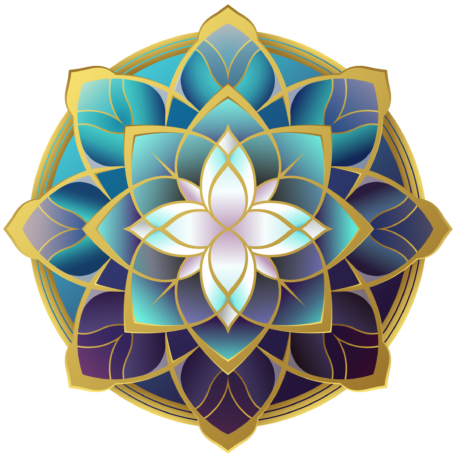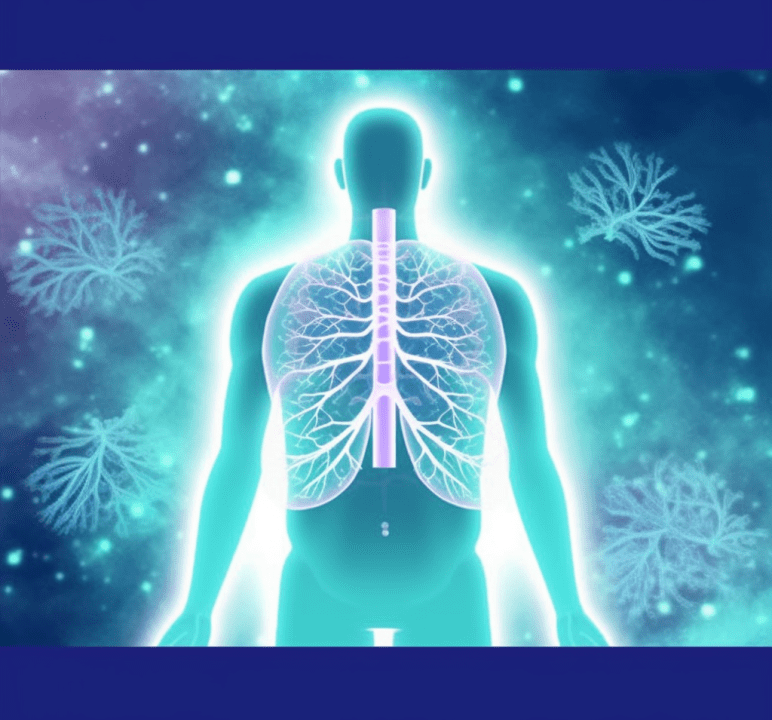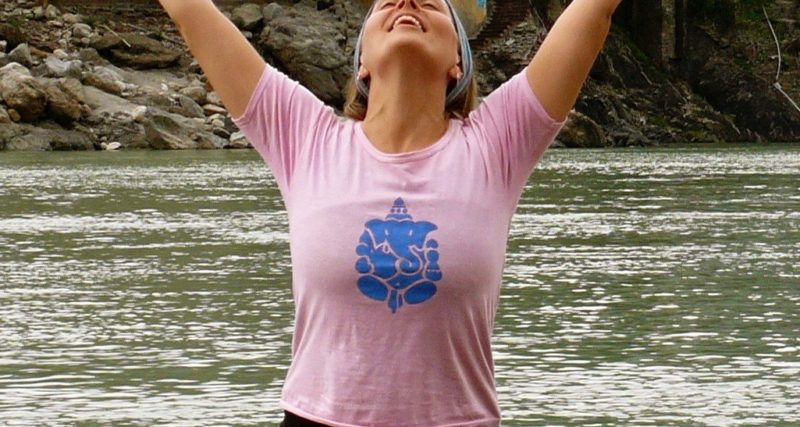The breath is like a switch for the mind and body. When we are relaxed in our mind, our breathing is slow and deep. When we are stressed, our breath is short and shallow. The deeper the breath the more oxygen and Prana ( life force energy) is integrated into our cells, blood, organs and meridians. It’s something many of us tend to forget since it just happens through the autonomic system. When we become conscious of our breath, we open our connection to the present moment.
Facts About Deep Breathing
If you watch a baby breathe you will notice they naturally breathe into all parts of their lungs. As we age, our increased emotional holding does not allow our breath to fill all parts of our lungs. Every 24 hours we breathe approximately twenty thousand times, 6 – 16 breaths per minute, so we have plenty of opportunity throughout the day to be more consciously aware of gifting yourself with more life force energy. The more we can practice moments of deep conscious breathing, the sooner it will become a healthy habit.
A few benefits of Deep Breathing:
- Brings you into the present moment – Each time you bring your awareness to the breath it anchors you to the present moment.
- Improves the nervous system – Through increased oxygenation to brain and the spinal cord, the nervous system is balanced. This improves the health of the whole body since the nervous system communicates to all parts of the body and brain.
- Increases the vital Prana into all aspect of the body – Deep breathing increases your vitality, clarity and energy levels. This Prana ( life force energy) energizes your whole system.
- Improves your health – Deep breathing lowers your heart rate and blood pressure, as well as improves the function of the respiratory system.
- Improves your blood circulation in lungs – Most people (mainly adults) breathe with only the top chamber of their lungs, where by not allowing full blood circulation in the lower lobes. When your breathe reaches the lowers chambers it increases oxygen and prana which nourishes and improves functionality of the reproductive organs and stomach.
- Releases toxins – Your body is designed to release 70% of its toxins through the breath. If you are not breathing deeply and exhaling thoroughly, you are not fully removing the toxins from your body. Shallow breathing increases the workload that other systems in your body have to do.
- Releases tension – By conscious breathing in the midst of a stressful situation we prevent stress to our nervous system and endocrine system, which are in constant communication with each other through the rhythm of the breath. When you experience emotions that limit your breathing, like fear or sadness, it constricts your body, tightens the muscles and restricts the breath. Just notice the next time how your body feels when you are tense, angry, fearful or stressed?
- Massages the inner organs – By taking a deep breath the movement of the diaphragm massages the stomach, small intestines, livers and pancreas. From each intake of air, the diaphragm descends and the abdomen organs expand the belly. On the exhale, the navel retracts back and removes residual air.
We are a reflection of the universe
Just as the sun and moon are constantly moving in the comos, so does our breath constantly move through us reflecting our inner solar and lunar energies. When we breathe, one of our nostrils is more engaged than the other, this alternates within every hour. When the right nostril is more dominate, the energetic aspect of solar energy influences the sympathetic nervous system and gives you more energy. When the left nostril is dominate the lunar aspect of your energy system influences the parasympathetic nervous system, influencing the body and brain to relax and recharge. The pranayama practice of alternate nostril breathing, known as Nadi Shodhana, can help balance the left and right sides ( your solar and lunar aspects) whereby creating balance in your nervous system.
How to breathe properly
Visualize your breath filled with healing energy as you take it into all 3 chambers of the lungs, the lower, the middle and the upper. Always inhale through the nose, keep your lips closed, keep the spine erect
- Inhale and feel your abdomen expand out like your filling up a balloon, filling the lower chamber. (Place your hands on your lower belly). This is also known as abdominal breathing.
- Continue your inhalation as the air moves up to the middle chamber (Thoracic) expanding the rib cage.
- Allow the last bit of air to rise into the upper chamber (Clavicle). You can create more room by lifting your arms up in the air.
- Begin exhaling from the upper chest, feeling the collarbones lower.
- Drawing the air down, relax the lower ribs.
- Lastly, gently pull in the abdomen, using your stomach muscles for a full exhalation.
- Then repeat with eyes closed, deepening with each breath and allowing longer pauses between the inhale and exhale.
Steps to go deeper into the breathing practice
1.Bring your full awareness to your breath. Watch it as if you were witnessing something for the first time and notice what you can discover from this process.
- Allow a deep relaxed breath to rise through your body filling your lungs completely, then pause with your lungs full.
- Let go of any unwanted energy as you exhale fully by slowly releasing the breath and then pause.
- Continue again 2-10 times with your eyes closed being the inner witness to the breath that gives you life. Can you discover something new with each breath? Remain a witness to how you feel physically, mentally and emotionally?
Those who have great benefit with our daily pranayama classes, and will feel the benefits after one month of regular practice connecting consciously with the breath. If you wish to learn more join our Insight timer Live breathing classes, found on our calendar or touch base that you would like to join upcoming breathing courses.



